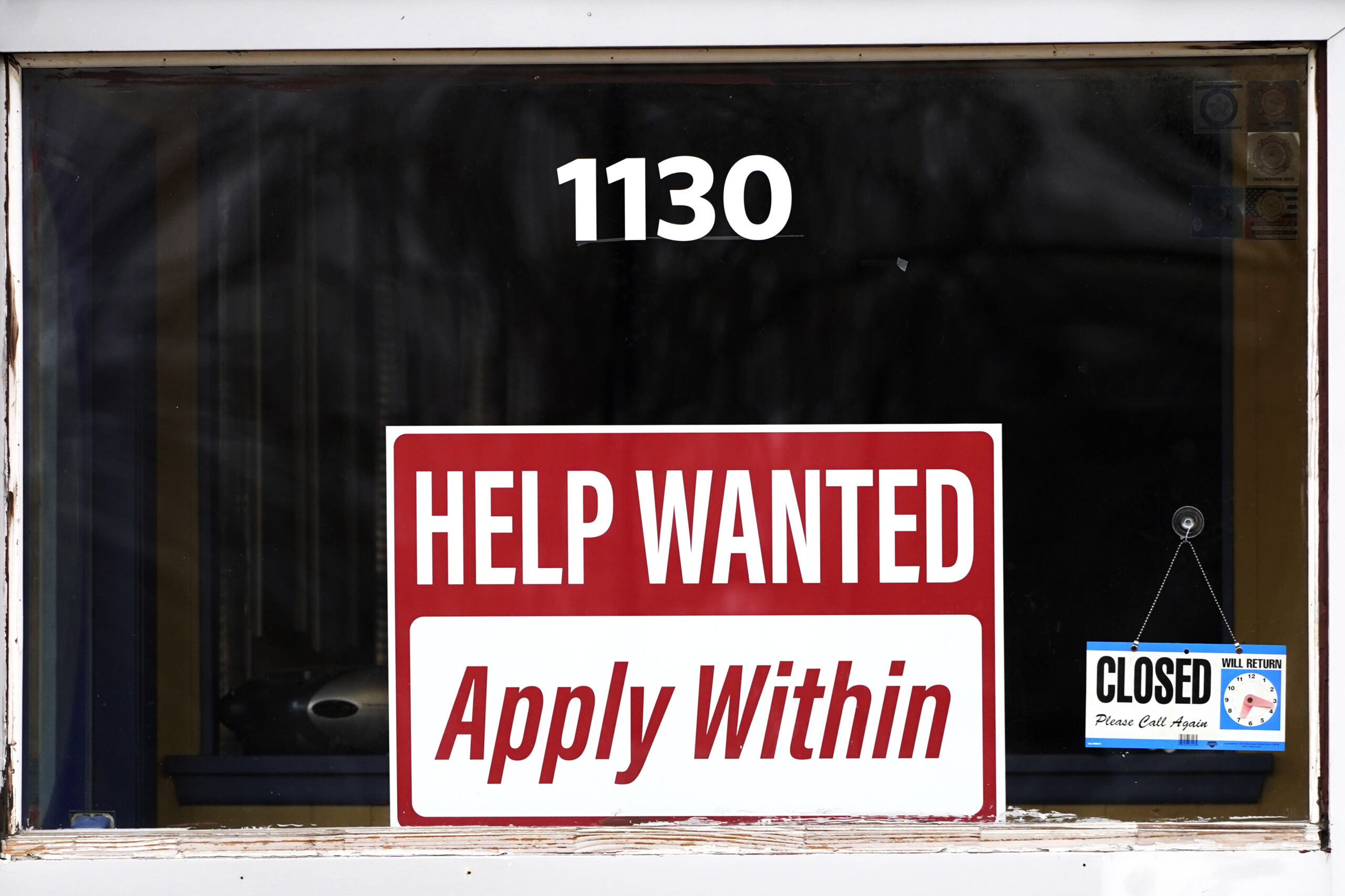
Each summer, millions of teens shift from the classroom to the checkout counter. But with widespread economic uncertainty, increasingly essential extracurricular commitments and the rise of automation, the opportunities for America’s youth to gain experience—and earn a little cash along the way—may be quietly vanishing.
A report last week from Challenger, Gray & Christmas (CGC) revealed the extent of these threats. The outplacement firm estimates that teens will gain around one million jobs across May, June and July this year, a stark drop from its forecast of 1.3 million last year and a slight decline from the 1.1 million that were eventually added. If their prediction is correct, this would mark the lowest number added since 2010 (960,000).
“Many teens need these jobs and employment opportunities to stay in school, help with school expenses and help their families,” said sociologist and labor market expert Yasemin Besen-Cassino. “Limited opportunities could mean more hardship for teens from lower-socio-economic status backgrounds.”
Senior Vice President of CGC Andrew Challenger summarized the threats: “This summer, we may not see the opportunities manifest. With the current socio-political climate, we may see fewer tourists; with the expected impact of tariffs, we may see higher prices and lower consumer demand. Those who traditionally hire in the summer may hold off this year.”
Besen-Cassino told Newsweek about these broad-based economic concerns: “It’s not surprising to see fewer businesses hiring teens in the upcoming summer.”
“This is just the demand size of the equation,” she said. “With economic uncertainly, challenging job prospects, and mass layoffs, many teens are apprehensive about their future job prospects.”
These impacts have already begun to drip into the data. Some 5.5 million workers aged 16 to 19 were employed in April, the lowest total for the month in three years, according to CGC, citing the Bureau of Labor Statistics. Meanwhile, the April unemployment rate for teens is at its highest since 2020, during the early stages of the COVID-19 pandemic.
Nam Y. Huh/AP Photo
Eric Edmonds, Economics Chair at Dartmouth College, believes the core issue is a “mismatch” between the types of jobs employers are offering and the wages at which these are offered, and those that “align with the preferences of teen workers.”
“Thus, there is a shortage of attractive teen jobs at wages they find acceptable and simultaneously a shortage of workers at wages employers prefer to pay,” he told Newsweek.
Besen-Cassino said similarly that, while “many teenagers are seeking employment, but they are reluctant to seek the typical teen jobs in the retail and service sector.”
Both highlighted the alternatives on offer for teens, which have grown in appeal as longer-term anxieties about post-school or college career prospects heighten. These include classes, internships and other credentialing opportunities that will give them a stronger edge when they seek to enter the job market.
“A few decades ago, they might feel summer jobs prepared them for their future jobs,” Besen-Cassino told Newsweek. “But many teens are using summer time to better prepare themselves for future jobs by applying for internships or applying for jobs that help them develop marketable skills.”
Youth unemployment has remained relatively stable since descending from its COVID-era highs, currently at 9.6 percent per the Bureau of Labor Statistics, up from 9.3 percent last May.
However, beyond competing interests and a resultant reduction to spend summer working retail or hospitality, a larger threat to teen employment, across all seasons, looms on the horizon: Automation.
“It’s not just the economic uncertainty that may make teen jobs unavailable,” Andrew Challenger said. “Employers are using new technologies and automation for things the teen worker would have otherwise done.”
Edmonds told Newsweek that a “substantial increase in motivated teen workers” would reduce the move toward automation, which he said was incentivized by “chronic labor shortages” in low-wage jobs such as agriculture and the service industry.
“Teen employment in the United States enjoyed its heyday in the 1980s and 1990s with teens staffing many retail and service sector jobs,” Besen-Cassino told Newsweek. “However, in the past few decades we have witnessed the decline of the malls. Malls going away, the rise of automation and AI in many retail and service sector result in fewer need for these jobs.”
She added that these trends are fueling anxiety not only among teenagers but also among their parents, whose own jobs may be similarly at risk.
